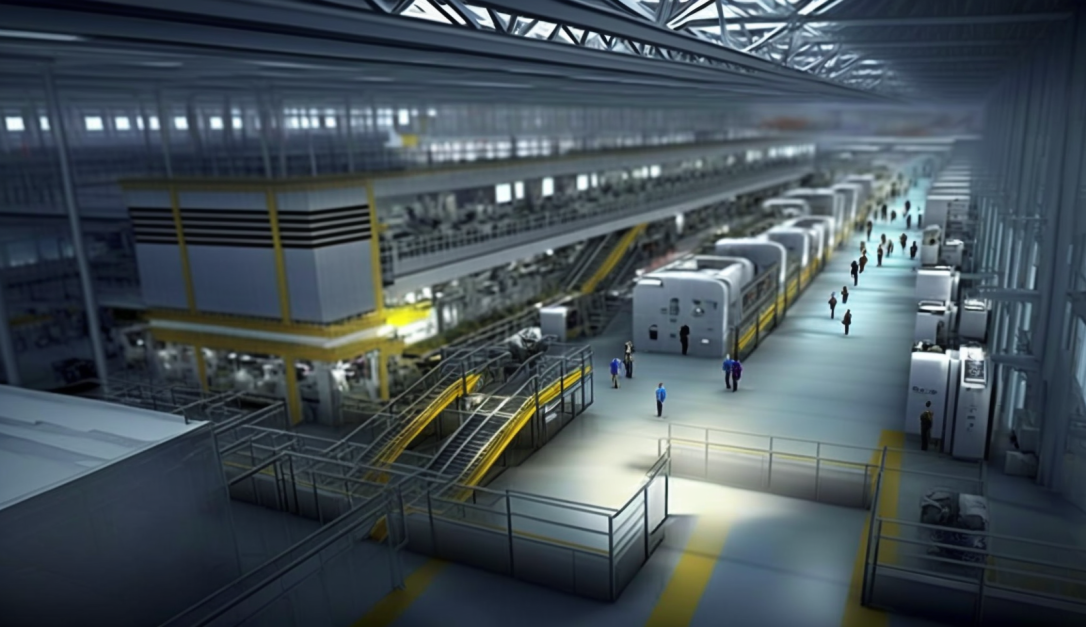I once visited a factory that operated a machine dating back to World War 1. At times, the old equipment or processes might appear to function adequately, making it challenging to determine which aspects warrant updating. However, when executed correctly, modernizing these processes can result in enhanced efficiency, reduced costs, and better quality. Identifying the areas to concentrate on may seem overwhelming, but following these steps can significantly simplify the process.
Step 1: Assessing the Current State
The initial step in determining which legacy processes to update involves conducting a comprehensive evaluation of your factory's current state. If there's a single point of failure in your operation, it's crucial to address that area. When inefficiencies or bottlenecks aren't readily apparent, shift your focus to aspects that the business needs to enhance.
Consider what your customers would change about your organization if they had a magic wand. Is improving on-time delivery the top priority, or is enhancing product quality more important? Are there any capabilities your customers wish you could provide, but you're currently unable to fulfill?
Set obvious objectives that you can target.
Step 2: Prioritizing your Opportunities
In many factories, several legacy processes are in use, making it typical to have numerous potential upgrades under consideration. After identifying areas for possible improvement, prioritize them according to your targeted objectives. Factors to take into account include:
- Potential return on investment (ROI)
- Level of impact on overall efficiency and productivity
- Urgency (e.g., addressing safety concerns, meeting regulatory requirements)
By prioritizing processes based on these factors, you can focus on updates that will yield the most significant benefits for your business.
Step 3: Evaluating Available Solutions
Once you've prioritized legacy systems for updates, investigate and assess various solutions to identify the most appropriate technologies or methods for modernizing the chosen processes. Take into account factors like cost, ease of implementation, service reputation, and potential for future growth. It's not uncommon for vendors to focus more on the product they want to sell rather than the specific needs and goals of your organization. Stay focused on your desired outcomes and don't let flashy features lead you astray.
Step 4: Developing a Roadmap
With the prioritized list of processes and suitable solutions in hand, develop a comprehensive roadmap for updating legacy processes. This roadmap should include a timeline, budget, and resource allocation plan. It should also outline the expected benefits and KPIs to measure the success of the updates.
Step 5: Monitoring and Continuous Improvement
Once the updates have been implemented, continuously monitor their performance to ensure that they are meeting the desired objectives. Analyze the data collected from the updated processes and make any necessary adjustments to optimize performance. This continuous improvement mindset will ensure that your factory remains agile and adaptive to the ever-changing manufacturing landscape.
Updating legacy processes in a factory may seem daunting, but a strategic approach ensures the right decisions are made. Assess the current state, prioritize processes, evaluate solutions, develop a roadmap, and continuously improve to maintain a competitive edge in the industry.

Ben Marsh
I've spent my career in Manufacturing, and can't stop trying to make things more efficient. At home, I am a master Lego builder with my son.


